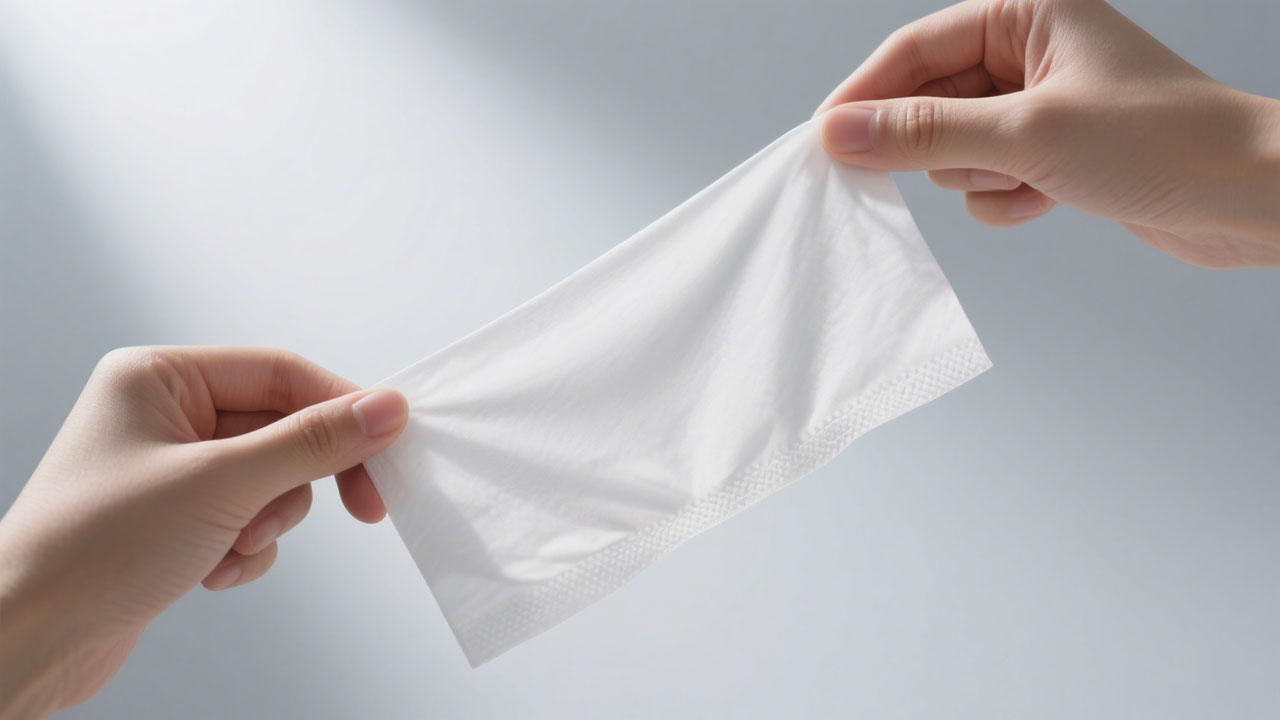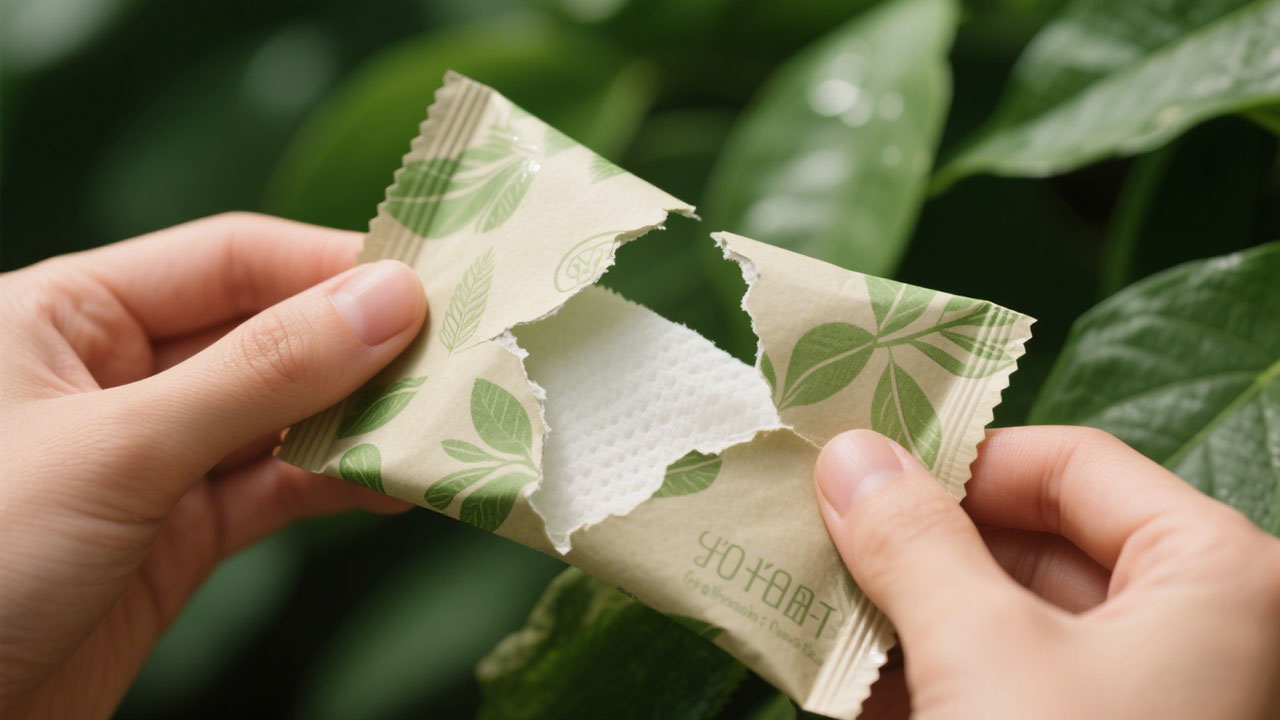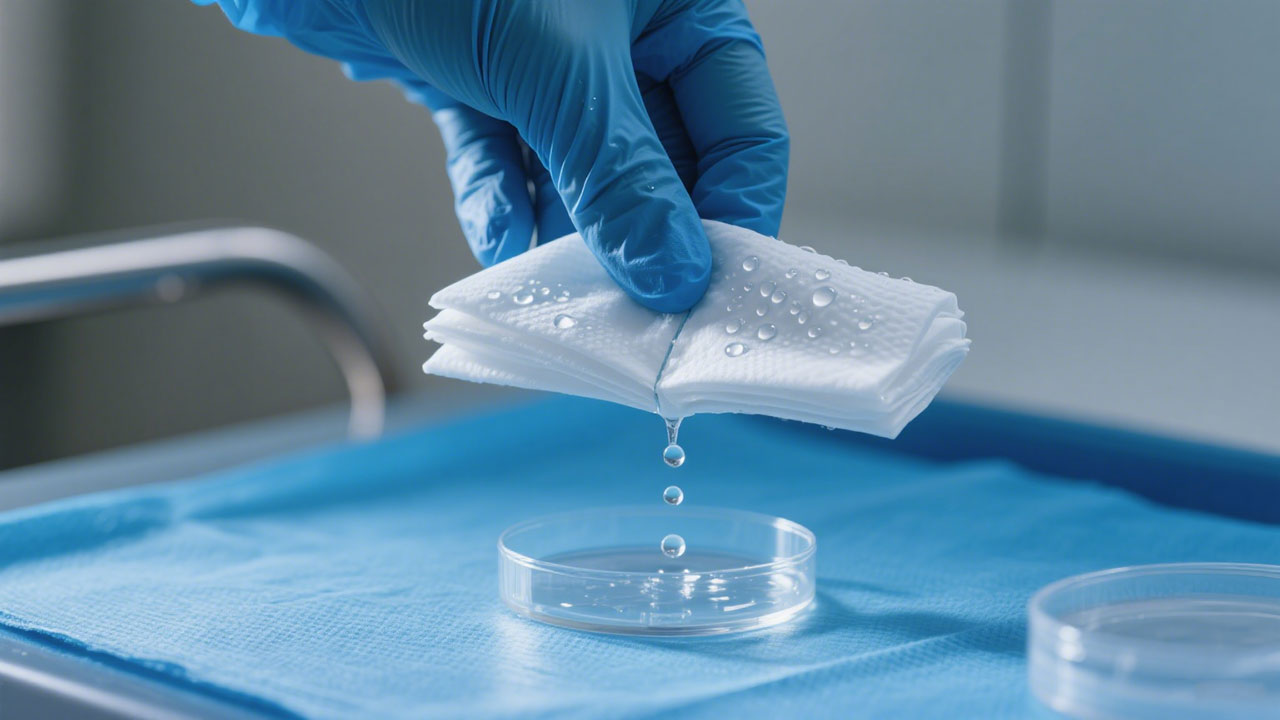The $16.5B global wipes market splits into 3 core segments, each serving distinct needs - with personal care wipes commanding 58% of total sales1. Understanding these categories is crucial for targeted sourcing. Primary wet wipe categories:
- ✓Personal care (baby, facial, feminine)
- ✓Household (surface cleaning, specialty)
- ✓Industrial (foodservice, healthcare, manufacturing)1
 While all wet wipes share basic production methods, their material composition and quality standards vary dramatically across applications. Let's examine key manufacturing differences.
While all wet wipes share basic production methods, their material composition and quality standards vary dramatically across applications. Let's examine key manufacturing differences.
How Do Antibacterial, Baby, and Makeup Removal Wipes Differ in Manufacturing Standards?
Baby wipes require 7x stricter safety tests than industrial wipes - these diverging standards impact everything from materials to preservatives2. Key manufacturing variances:- Baby wipes: pH-balanced (4.5-5.5), hypoallergenic, pediatrician-tested
- Antibacterial wipes: 60-70% alcohol content, virucidal claims
- Makeup removers: oil-based formulations, lint-free materials2

Regulatory Requirements by Type:
| Wipe Type | Mandatory Tests | Material Standards | Key Additives |
|---|---|---|---|
| Baby | Dermatological, ingestion safety | 100% food-grade fibers | Aloe, chamomile |
| Antibacterial | EN 14476, EN 1276 | Synthetic/polyester blends | Ethanol, benzalkonium chloride |
| Makeup | Ocular irritation, comedogenicity | Biodegradable nonwovens | Micellar water, glycerin |
What Should Importers Look for When Choosing Different Types of Disposable Wipe Suppliers?
Specialization matters - 78% of top-performing importers work with different suppliers for personal care vs industrial wipes3. Here's how to match suppliers to your needs. Supplier selection criteria:- Baby wipes: Pediatric approvals, ISO 10993 certification
- Medical wipes: FDA registration, sterile packaging
- Eco-wipes: FSC/OK compost certifications
- Industrial wipes: Heavy-duty material options3

Supplier Capability Checklist:
| Requirement | Personal Care | Industrial | Healthcare |
|---|---|---|---|
| MOQ | 500K-1M units | 10M+ units | 2-5M units |
| Lead Time | 60 days | 30 days | 90 days |
| Testing | Skin irritation | Chemical resistance | Bacterial filtration |
How Can You Source Eco-Friendly vs. Regular Disposable Wet Wipes More Effectively?
Eco-wipes cost 20-30% more but grow 3x faster than conventional wipes - these sourcing strategies ensure you get true sustainability4. Material sourcing guide: → Regular wipes: Focus on spunlace PP (lowest cost) → Eco-wipes: Verify plant-based content (30-100%) → Compostables: Require TUV Austria OK compost HOME4
Sustainability Options Comparison:
| Material | Biodegradability | Cost Premium | Suitable For |
|---|---|---|---|
| Viscose | 60-90 days | +15% | Baby wipes |
| Bamboo | 45 days | +25% | Facial wipes |
| PLA | Industrial only | +40% | Foodservice |








